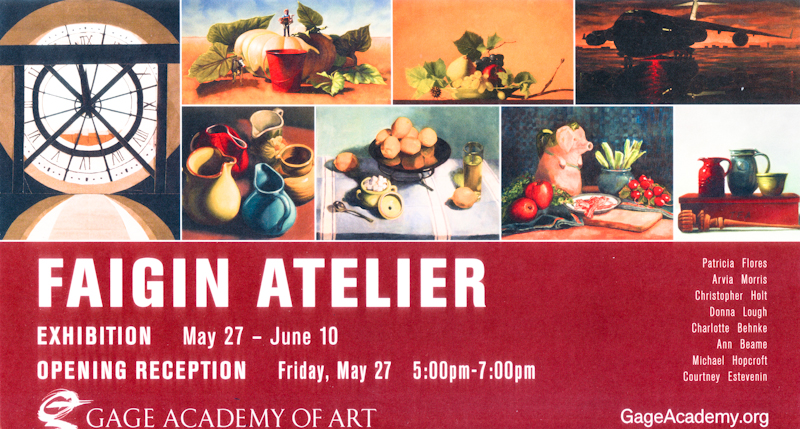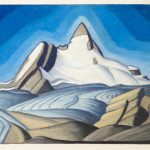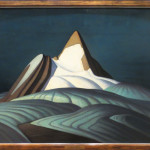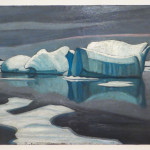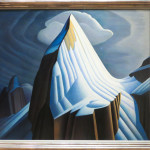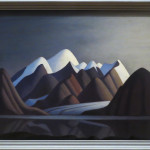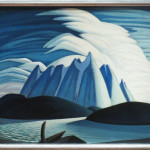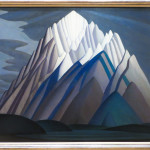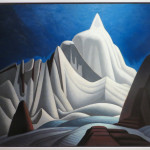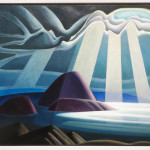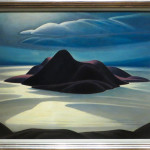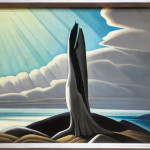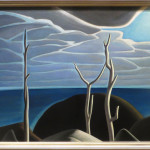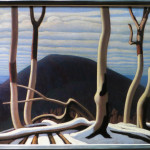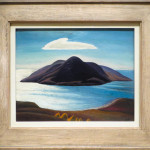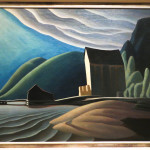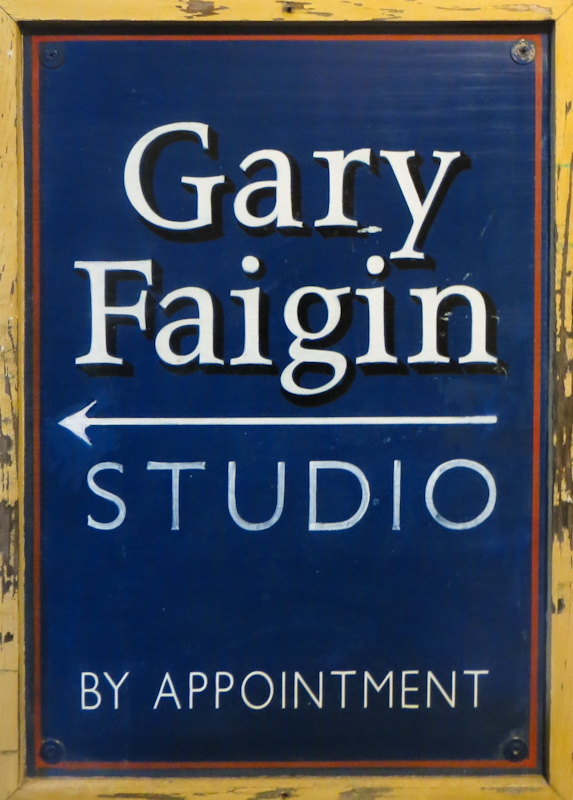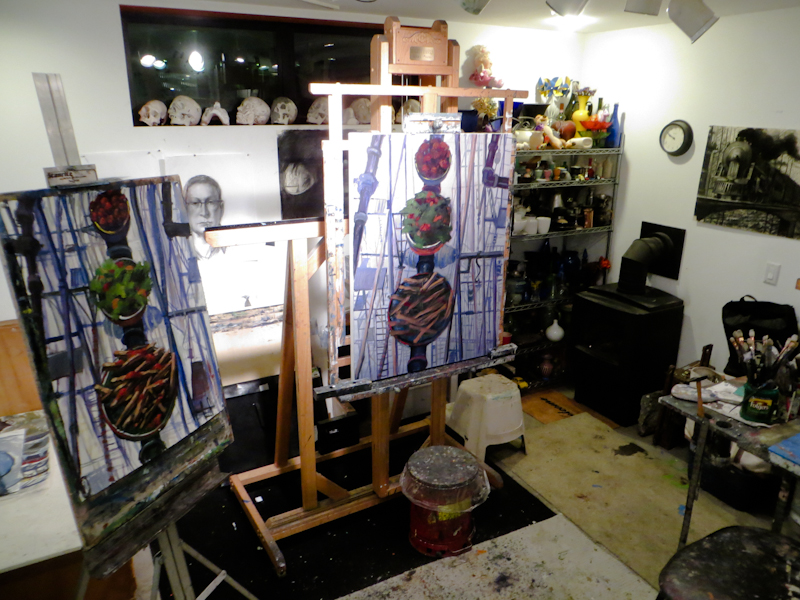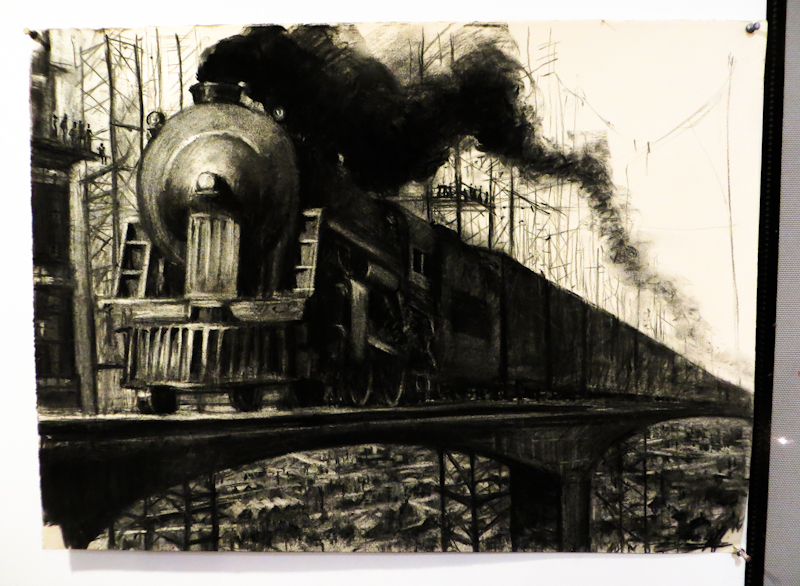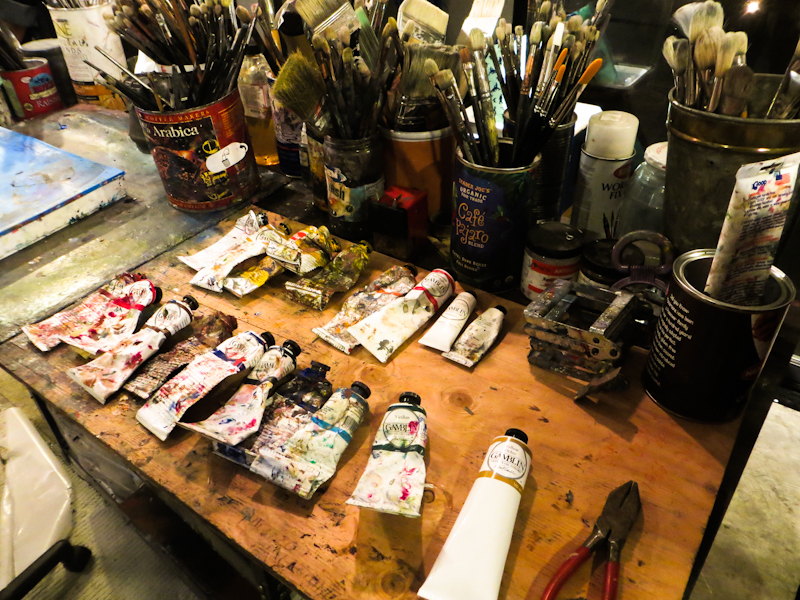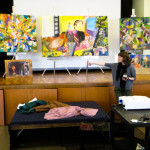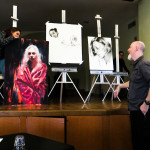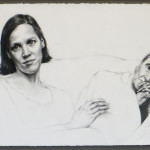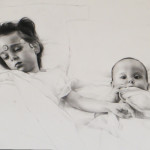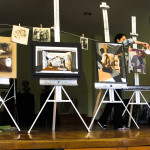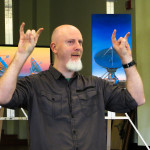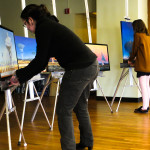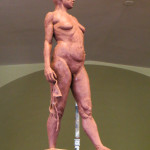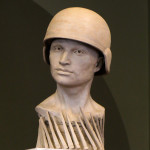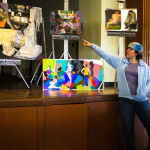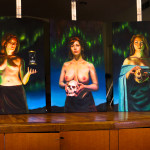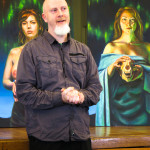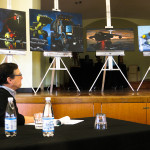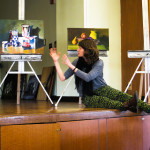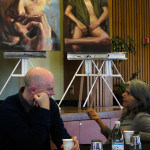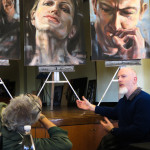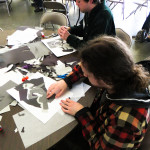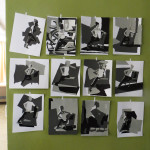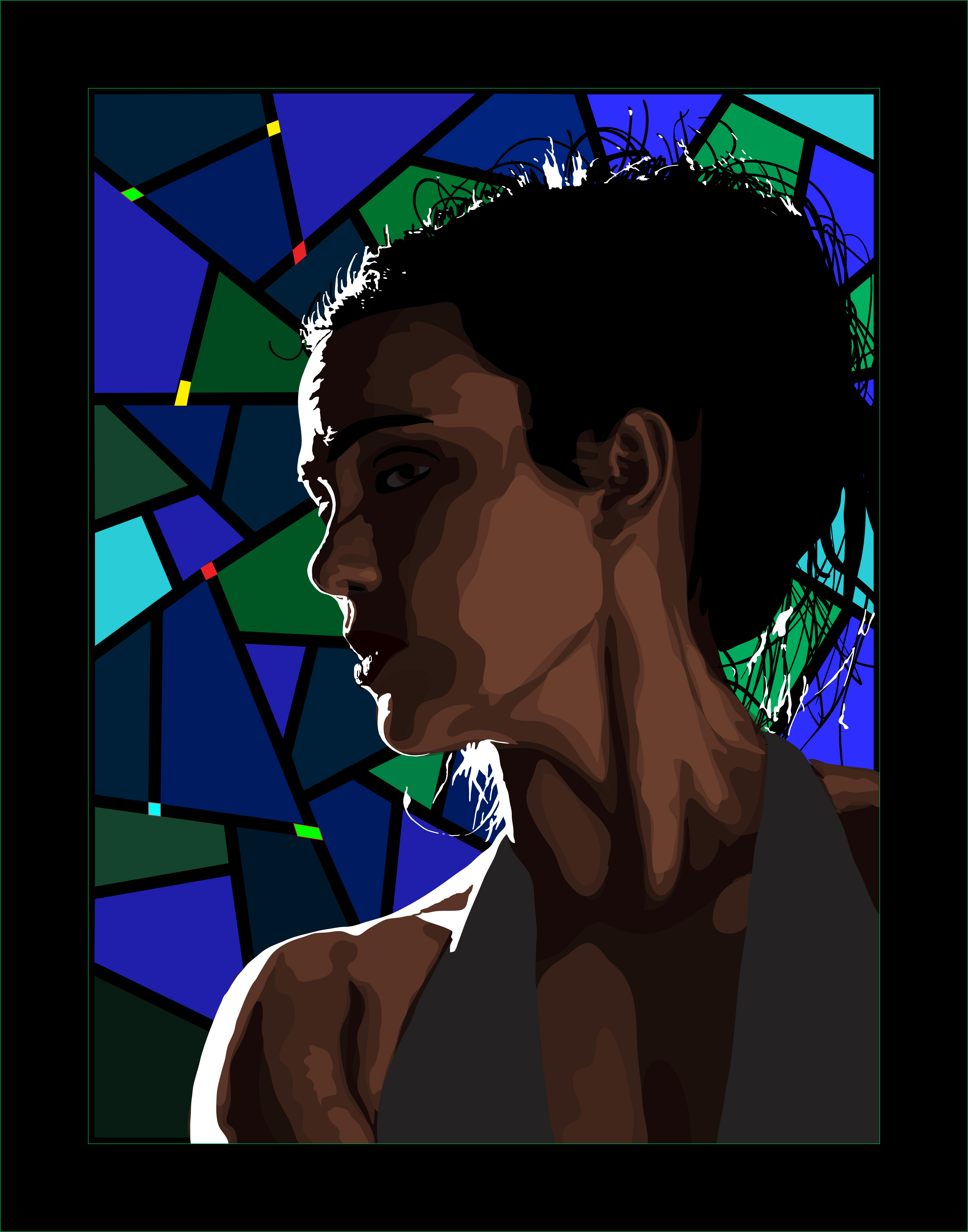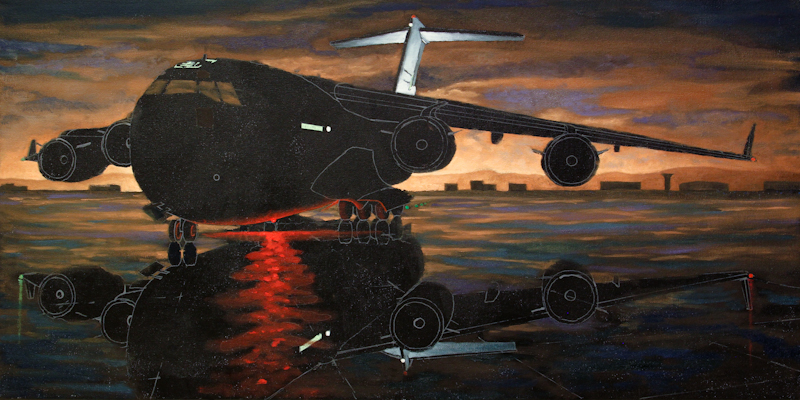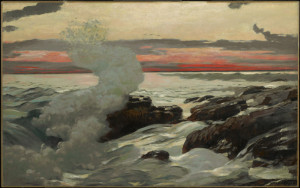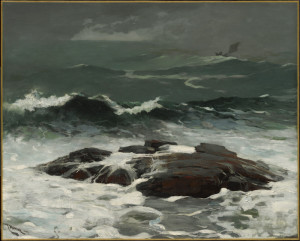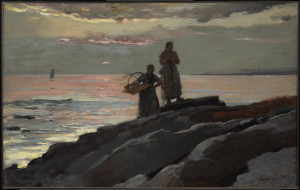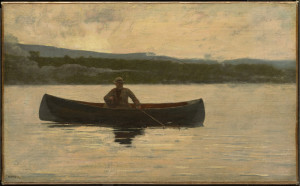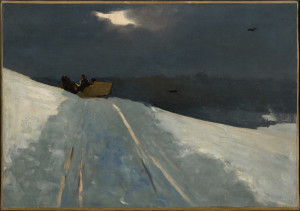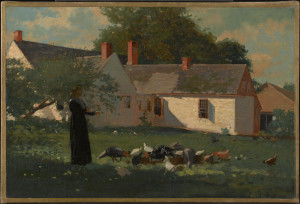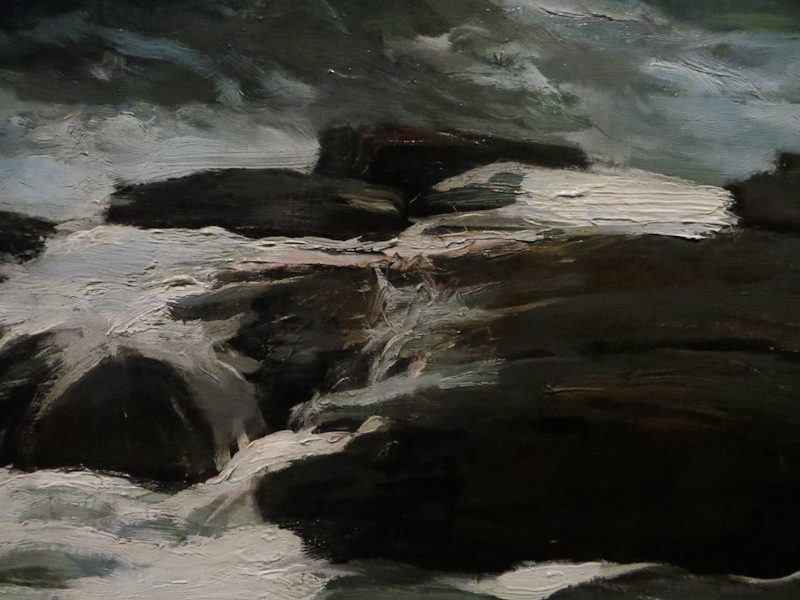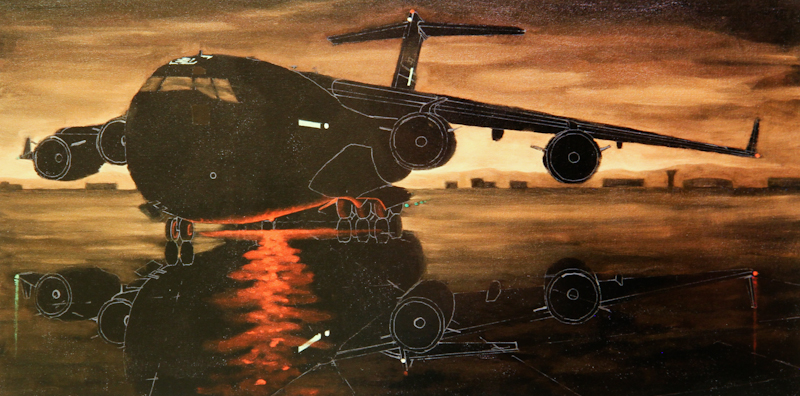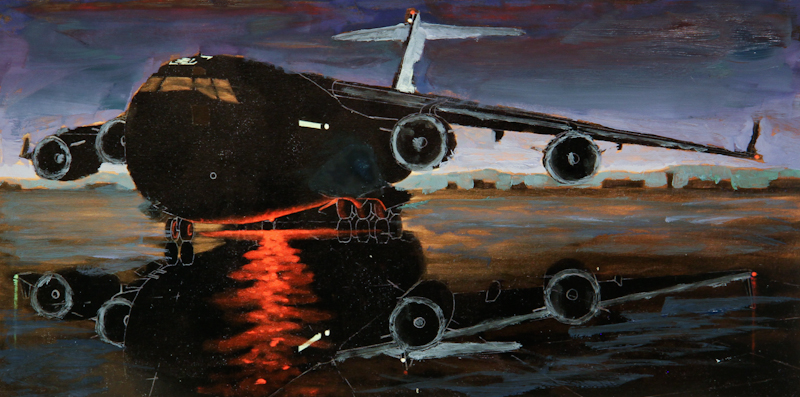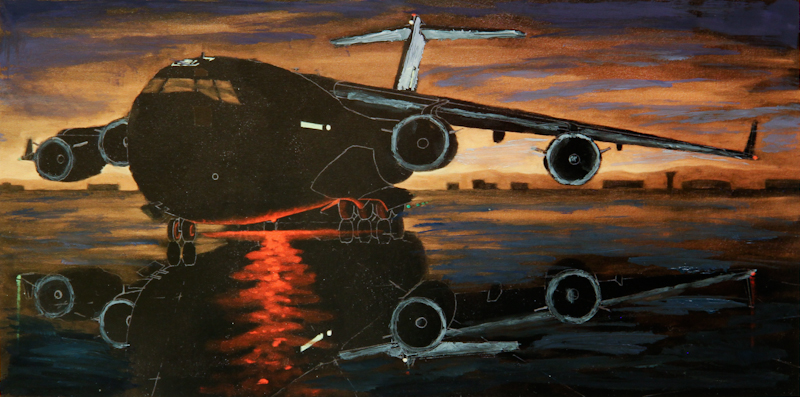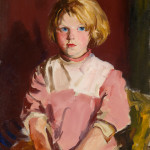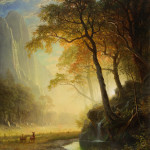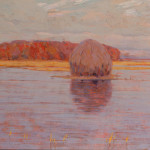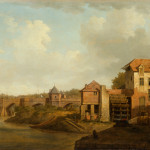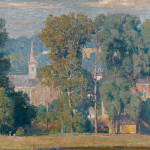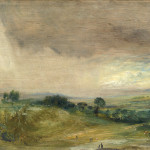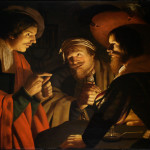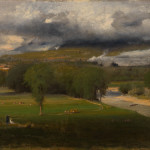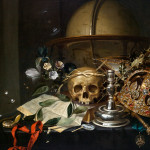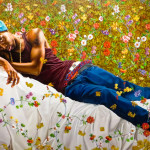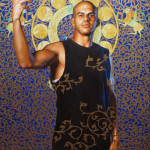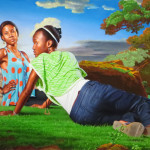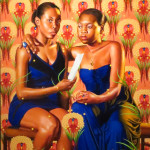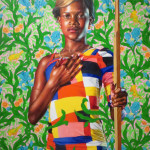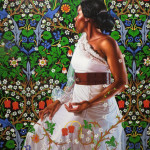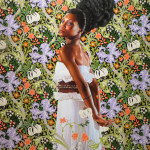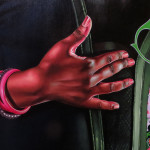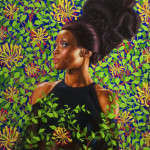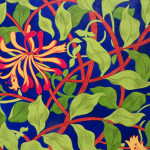The Faigin Atelier show opens May 27th. This is a combined show with students from the Aristides Atelier at Gage.
Tag Archives: painting
The Idea of North – The Paintings of Lawren Harris
The Idea of North, The Paintings of Lawren Harris at the Museum of Fine Art in Boston through June 12, 2016. Lawren Harris was a member of the Group of Seven.
Gary Faigin Studio
It was a real treat visiting Gary Faigin‘s studio in Ballard.
Gary uses a Hughes Easel, model 3000. This easel allows Gary to effortlessly move large paintings up, down, left, and right.
This charcoal drawing was from an O-scale Lionel train.
Tools of the trade.
An important part of Gary’s process is his quick sketches. He has recorded thousands of ideas in notebooks over the year and often turns to them for inspiration when starting a new series.
All Atelier Day 2016
One of my favorite events at Gage is All Atelier Day. It’s a combination of a group critique, potluck, and workshop. In the morning students from each of the ateliers presented their work to a panel of Gage faculty and guest artists. This year’s guest panelist was Mary Ann Peters. It is always inspiring to see the work of my fellow students and interesting to hear the panel’s thoughts on each piece. After a break for bánh mì sandwiches and homemade desserts, Kimberly Trowbridge led us in a collage project.
- Kimberly Trowbridge
- Kimberly Trowbridge
- Madeline Owen
- Madeline Owen
- Madeline Owen
- Christina Grachek
- Mark Kang O’Higgens. Paintings by Marina Montes.
- Paintings by Marina Montes.
- Nikki Snowden
- Sullivan Giles
- Mark Kang O’Higgens
- Gary Faigin
- Kimberly Trowbridge
- Mark Kang O’Higgens and Mary Ann Peters.
- Michael Magrath and Mark Kang O’Higgens.
- Collage workshop.
- Collage pieces at the end of the day.
Portrait Study V
After a long hiatus, I’ve finally gotten back to my rim-lit portrait study (see versions one, two, three, and four). This time I’m applying the lessons I’ve learned from the C-17 and am working on the drawing in Adobe Illustrator. Once I’m satisfied with the drawing, I will print it out and then do a few oil studies on top. Then I should be ready to start actual painting.
March 6, 2016
This evening I updated the sky and the tarmac to look like the study and I painted the light washing over the vertical stabilizer. The illuminated vertical stabilizer is important because it allows me to use a very light salmon near the horizon and still have the painting read as a nocturne. When painting a nocturne, one constantly has to use tricks like this to avoid a dark painting.
Before starting, I mixed three strings of Winsor & Newton Artisan Water Mixable Oil Colors. The first string was a salmon color consisting of Burnt Sienna and Cadmium Yellow Pale Hue (Hansa Yellow), lightened with Titanium White and darkened with Burnt Umber. The second was a pastel violet consisting of French Ultramarine, Cadmium Red Hue (Naphthol Red), and Titanium White. The third string was a cool green consisting of French Ultramarine, Cadmium Yellow Pale, and Titanium White.
The sky is salmon and violet with a few dabs of pure French Ultramarine in the corners. Since I was painting the new colors over the previous, monochromatic sky, I started by painting the clouds with the salmon, then worked the violet into the darker regions in between. If I do a bigger version of this painting, I will start the sky with a smooth violet gradient and then work in the salmon clouds wet on wet. This will be much easier and look just as good.
The tarmac is broken color using the dark end of all three strings plus a mixture of French Ultramarine and Prussian Blue for the darkest puddles. I spent quite a while with three brushes in my hand, carefully bringing the value up as much as possible in order to make the reflection of the dark fuselage show.
I used the light end of the green string for the vertical stabilizer. My next pass will take the bottom of the tail almost up to pure white.
The next session should bring in the highlights on the leading edge of the wing and the engine nacelles.
Winslow Homer at the Clark
The Clarke Museum in Williamstown, Massachusetts has a great collection of paintings by Winslow Homer. Here are just a few that are currently on display.
- Winslow Homer, West Point, Prout’s Neck, 1900, Oil on canvas, 30 1/16″ x 48 1/8″
- Winslow Homer, Summer Squall, 1904, Oil on canvas, 24 1/4″ x 30 1/4″
- Winslow Homer, Saco Bay, 1896, Oil on canvas, 23 13/16″ x 37 15/16″
- Winslow Homer, Playing a Fish, 1875, reworked in the 1890s, Oil on canvas, 11 11/16″ x 18 15/16″
- Winslow Homer, Sleigh Ride, c 1890-95, Oil on canvas, 14 1/16″ x 20 1/16″
- Winslow Homer, Farmyard Scene, c 1872-74, Oil on canvas, 12 3/8″ x 18 7/16″
The closeup below shows Homer’s loose brushwork and rich application of paint.
February 28, 2016
I spent the evening doing color studies for the C-17, painted directly on 5″ x 10″ photographs of the larger painting. Here’s the photo before any paint has been applied. At this point, I was concerned that the image may be too monochromatic.
First I tried making the sky dark blue, but it just didn’t look right. The painting had lost the moody feeling along with all of the interesting clouds in the sky. I did like the glowing green cockpit lights, but they came at a cost – the windows were no longer unified with the sky.
I wanted to retain the moody feeling of a stormy industrial sky at midnight, so for my second attempt, I introduced broken green and purple in the sky. This was a bit more successful than the blue sky, but the change that really made a difference was illuminating the tail and the leading edges of the wing and the engines.
Here’s the third study. This time, I tried to retain the orange clouds, while introducing violet in the sky and teal on the tarmac. This was the most successful study of the evening, but it still didn’t have the mood of the industrial night sky. Part of the problem is that orange clouds against a violet sky read as sunrise or sunset, and this works against the mood of a dark giant in the dead of night.
My key learnings from the studies are
- The sky cannot be blue because even a very dark blue will read as a clear day, just before the dawn. Purple and orange work well for post-midnight industrial sky. Next time I will try a green sky.
- The design is much better when the tail and wing and engines are illuminated.
More Pieces from the Mount Holyoke College Art Museum
The Mount Holyoke College Art Museum has quite a large collection of interesting paintings. Here are a few highlights from my last visit.
- Robert Henri, Annie Lavelle, 1928, Oil on canvas, 27 3/8″ x 19 3/8″
- Albert Bierstadt, Hetch Hetchy Canyon, 1875, Oil on canvas, 51 3/8″ x 41 3/4″
- Arthur Wesley Dow, The Red Island, 1907, Oil on canvas, 25 5/8″ x 35 5/8″
- William Marlow, River Landscape with Bridge and Mill, Oil on canvas, 22″ x 29″
- Daniel Garber, A Country Town, 1923, Oil on canvas, 35 1/4″ x 43 1/2″
- John Constable, Hampstead Fields, Looking West, Afternoon, 1821, Oil on panel, 6 1/2″ x 8 3/4″
- Crijn Hendricksz Volmarijn, Joseph Interpreting the Dreams of Pharaoh’s Butler and Baker, c 1631-37, Oil on panel, 35″ x 48″
- George Inness, Saco Ford: Conway Meadows, 1876, Oil on canvas, 38″ x 63″
- Hendrick Andriessen, Vanitas Still Life, c. 1650, Oil on canvas, 25 1/8″ x 33 1/8″
Kehinde Wiley: A New Republic
Kehinde Wiley exhibit, A New Republic, at the Seatte Art Museum through May 8, 2016.

